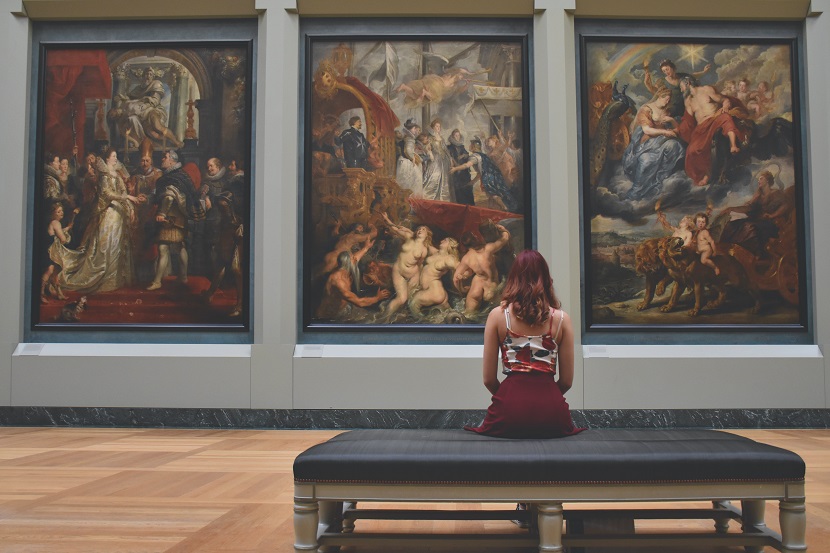The market for fine art is still booming. Another auction record for “the highest price ever paid” seems to be set every day. If you genuinely appreciate art, investing in it might be a terrific option. However, it might be dangerous, so you should do your homework. A living place can be enhanced by art in other ways as well. The art market has emerged as one of the biggest recent trends in investments. Collectors of paintings and sculpture frequently purchase items with the intention of expanding their investment portfolio. But will your art investment actually result in a profit? Or is most of this new asset class marketing hype?
As with any investment, you must conduct due diligence and venture outside of your comfort zone. You can fill your home with artwork that might someday turn out to be valuable assets, but the art market is unpredictable and there are no assurances of profitability.
What about art as an investment?
Despite the high prices frequently involved with art investing, it may still be worth including in your portfolio. The stock and bond markets and the art market do not have a strong correlation. When diversifying their investments, investors should specifically search for that. The art market is not significantly impacted by the direction of the financial markets, whether they are trending upward or downward. In the first half of 2022, bonds and stocks were both falling, but art auctions were breaking all previous records. Global art market sales are expected to surpass $65 billion in 2021, according to an Art Basel annual report.
Art can act as a decent hedge against inflation at a time when rates are at their highest levels in 40 years. Cash-rich individuals seek to safeguard their riches by investing in tangible goods like art or real estate. As a result, throughout the current period of high inflation, we have observed significant increases in auction values. The development is encouraging for the future of art as an investment. Nevertheless, investors should be cautious of getting seduced by the large returns they could obtain by investing in fine art. By being selective, broadening your collection, and keeping pieces for a long time, you can make money investing in art. Investors in art should not anticipate the market-beating returns advertised by the art indices, but rather returns more in line with those of bonds.
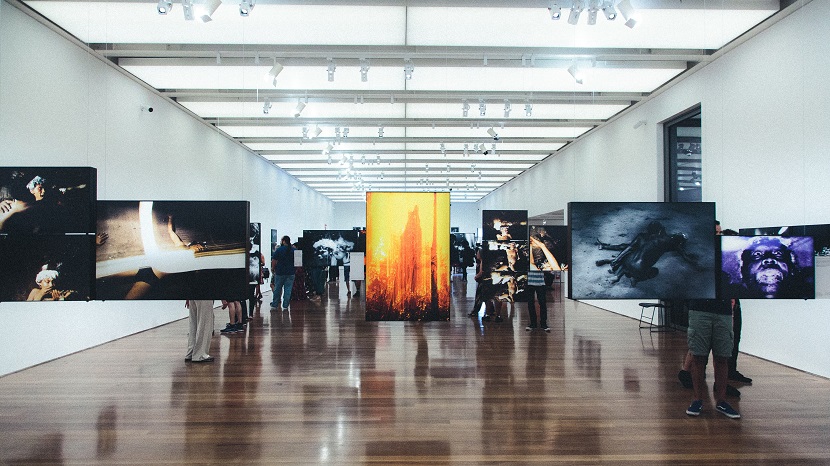
What to know before making an art investment?
When you purchase a work of art as an investment, you do so in the knowledge that the demand for it or works comparable to it will rise more quickly than the supply. If that takes place, the item’s worth will rise and you might be able to sell it for more money. Nevertheless, it is simpler said than done.
For the majority of people, art will only make up a modest portion of a diversified investment portfolio. You might make money, but it’s very unlikely that art will bring in a sizable windfall for you. Consider it as an optional, non-essential real estate investment. Don’t count on buying paintings to bring in a consistent income. Remember that you will have to pay taxes on any gains as well.
It’s crucial to keep in mind that art is an illiquid or non-liquid asset. This indicates that it takes time to turn into cash. Stocks, bonds, and savings accounts are examples of liquid assets that can generate cash more quickly. Even though real estate and fine art have high monetary values, illiquid assets like these take far longer to sell. Even if it is possible, few investors sell their work. Your greatest option for selling is an auction house, although they frequently impose high fees. There are no assurances that selling your artwork will result in a profit because art prices fluctuate frequently.
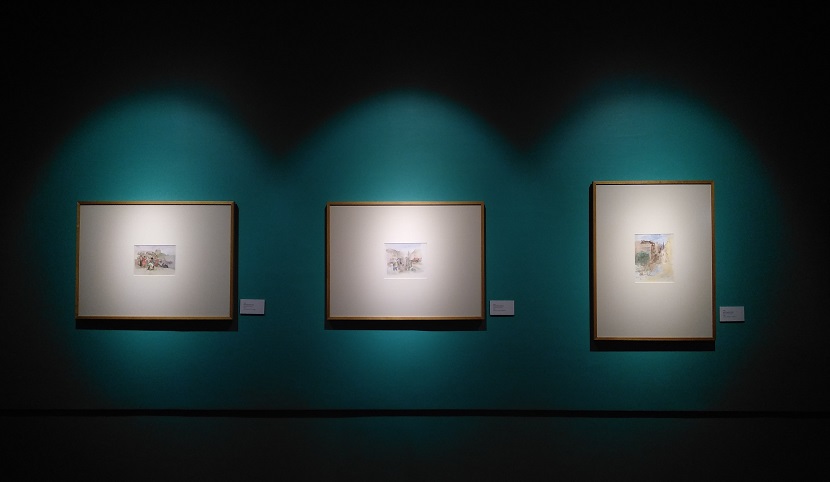
How to choose your art piece?
Selecting an artist might be challenging. It’s doubtful that you’ll stumble upon the next famous artist before they establish a name for themselves and start asking hefty rates for their creations. As unfortunate as it may be, artwork created by living artists does not command the same values at auction as that created by deceased artists. Additionally, you cannot simply walk into your neighborhood antique shop and purchase a genuine Monet, Modigliani, Matisse, or Munch for a few dollars. At auction, one of those artists’ works might fetch millions of dollars. Once you’ve identified your area of focus, be aware of the type of item you’re purchasing.
Types of art pieces
The most expensive works of art also offer the greatest potential benefits since they are original or unique.
Although cheaper, prints or copies are less likely to be profitable. Giclée is the term for the highest caliber print. Although more expensive than other prints, it is closer to the original piece. Rarer prints are typically worth more money. One print from a small, limited edition will be worth more than one from a print that is widely available.
Reproductions are unrestricted, mass-produced copies. Although they are the least expensive choice, they also have the lowest value. A replication is probably not going to be profitable.
You can purchase works by “blue-chip” painters like Andy Warhol, who often maintain their worth better but offer less potential for capital appreciation. The most consistently valuable artists are those whose works are not influenced by trends or speculation. A blue-chip painting or sculpture is often out of reach for beginning investors, but a number of funds allow investors to purchase shares of a holding company that will purchase a blue-chip work of art.

How to make an art investment?
Decide how much money you’re willing to spend first. If the artwork loses value, it should be a sum you can afford to part with. Don’t forget to account for potential storage and upkeep costs. Then, educate yourself as much as you can about the art world. Explore the offerings of nearby galleries by going there; speak with the curators, who are typically happy to answer any questions you may have. If you reside in or near a city, you are usually close to art festivals and gallery openings where emerging artists frequently exhibit their works. To get a feel for the market, browse websites like Artnet and online auction houses like Sotheby’s.
Your search for the price of a certain piece of art might be focused if an artist or item catches your attention. Have the artwork evaluated by a qualified appraiser to ascertain its quality. You have two options: either buy an artwork outright, which is usually more expensive, or purchase shares in an artwork on an internet stock exchange.
Where to find art?
Of course, visiting museums and galleries is a fantastic idea. To learn as much as you can about any galleries, do your research beforehand. The atmosphere in art auction houses is more intense, but if you’re lucky, you can walk away with a priceless item. Be aware that in addition to the advertised price, auction houses frequently impose a buyer’s premium.
You can find artists you like through online publications and social media platforms like Instagram, and you can purchase artwork straight from artists’ websites. Or you may explore NFTs, which stand for ownership of digital art.
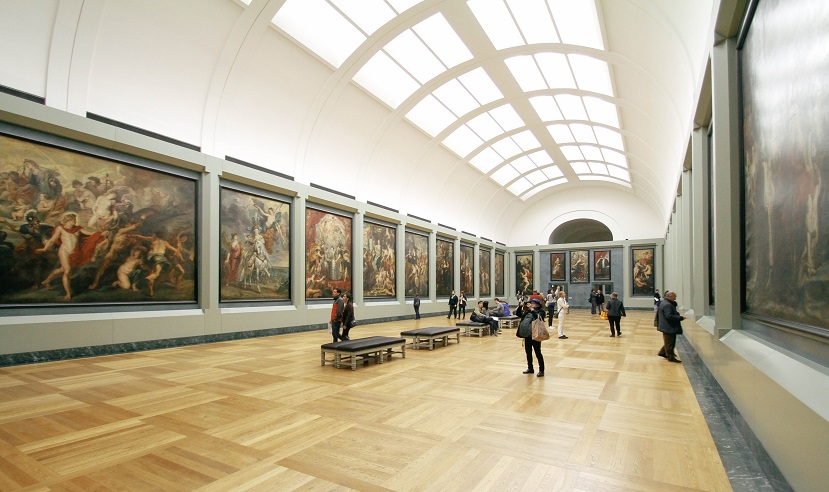
Online art galleries
The information era means that a lot of expensive artwork is sold online. But before making an online purchase, be sure the gallery, dealer, or investment firm is reputable. Because they do the majority of the work for you, Masterworks is a fantastic online choice, especially for the inexperienced art investor. Masterworks purchases artwork and offers shares to investors while keeping you informed of the investment’s status. You don’t truly own or store the painting using Masterworks. Instead, you and a few other investors buy shares in highly valuable works that have been authenticated by specialists. The minimum investment levels for Masterworks vary depending on the specific investment opportunities that are available at the time you invest. Saatchi Art is a comparable online market where you can browse and make purchases.
Sadly, there is no such thing as a mutual fund or exchange-traded fund (ETF) for art. Due to the illiquidity of the art market, it is impracticable to concentrate an ETF or mutual fund on art. Fund managers are unable to simply purchase more Renoir or Basquiat artwork to meet rising investor demand due to the singularity and intrinsic scarcity of the arts. Similar to this, if a lot of an art fund’s investors decided to sell their shares, the manager would find it difficult to sell the fund’s assets due to the illiquidity of the art market.
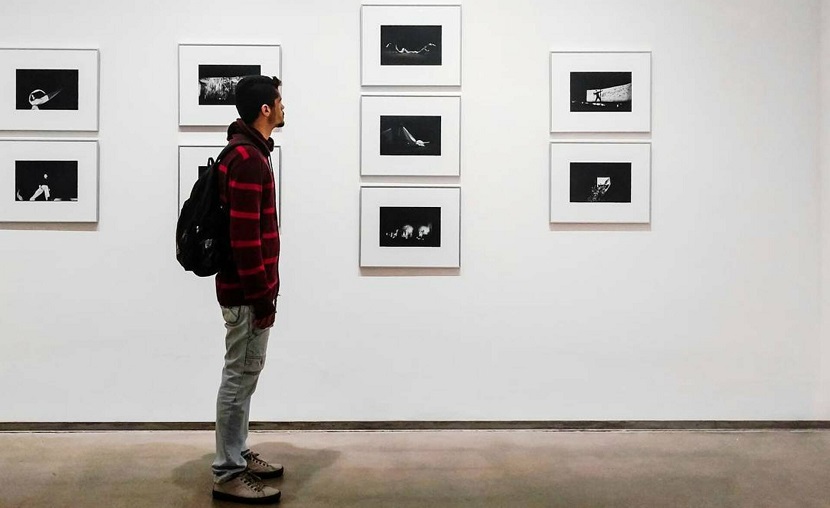
The art investing indices
Art Market Research’s Art 100 Index is frequently used by companies like Sotheby’s and Christie’s that sell art as investments to support their opening offers. The index, which keeps track of 100 artists’ sales from 22 auction houses throughout the world in diverse areas, styles, and eras, can give a general idea of how the world’s art market is doing. Blue-chip artists are the focus of Artprice‘s Artprice100 Index, which was introduced in 2018. According to the business, from 2000 to 2017, the index rose at an average yearly rate of 8.9%.
However, from 2015 through 2020, the S&P 500 outperformed the Artprice100 each year. The index outperformed in 2021, and although the data for the first half of 2022 has not yet been released, it probably did too. There are a few issues with these art-specific indices. First, they solely take into account the selling prices of the sold artworks at auction. The full range of expenses related to purchasing art is ignored. If the artwork is sold for less than the amount of the upfront costs, the sale price may not make any money (including sales tax, transportation, and appraisal).
The second issue is a condition known as “selection bias.” In contrast to the pricing of securities sold on the financial markets, the prices of artwork are not updated every second or day. The available auction data is the foundation for art indices. If an artwork is never purchased, there is no data. The indices’ record returns are higher than those of the entire art market since the pieces that aren’t being offered for auction are frequently worth less than their most recent selling price. The indices are skewed to only take winners into consideration.
